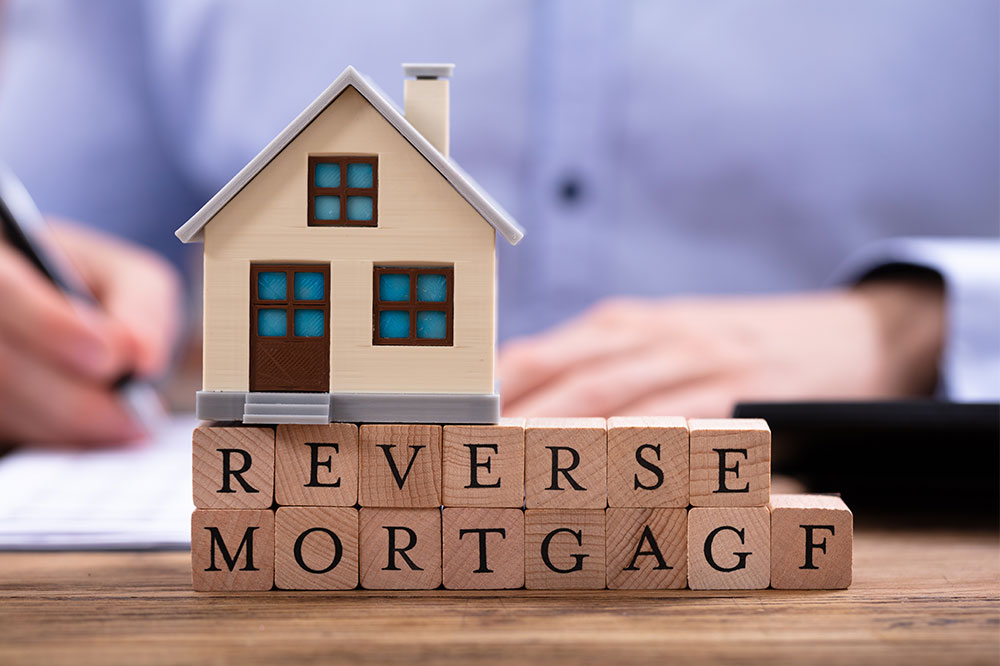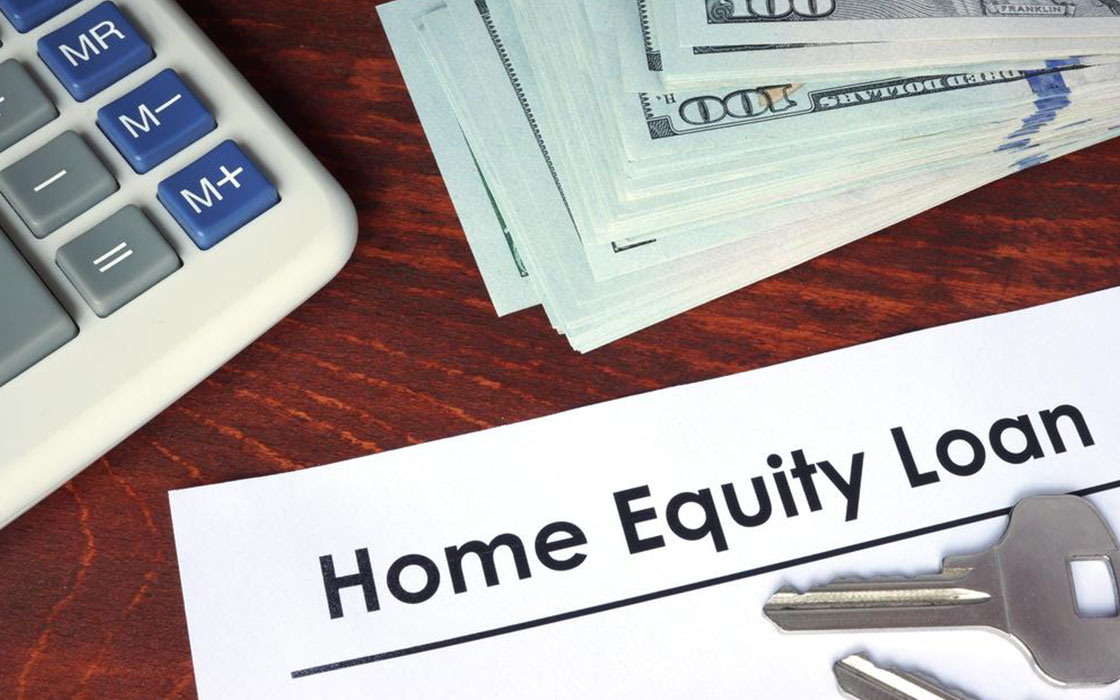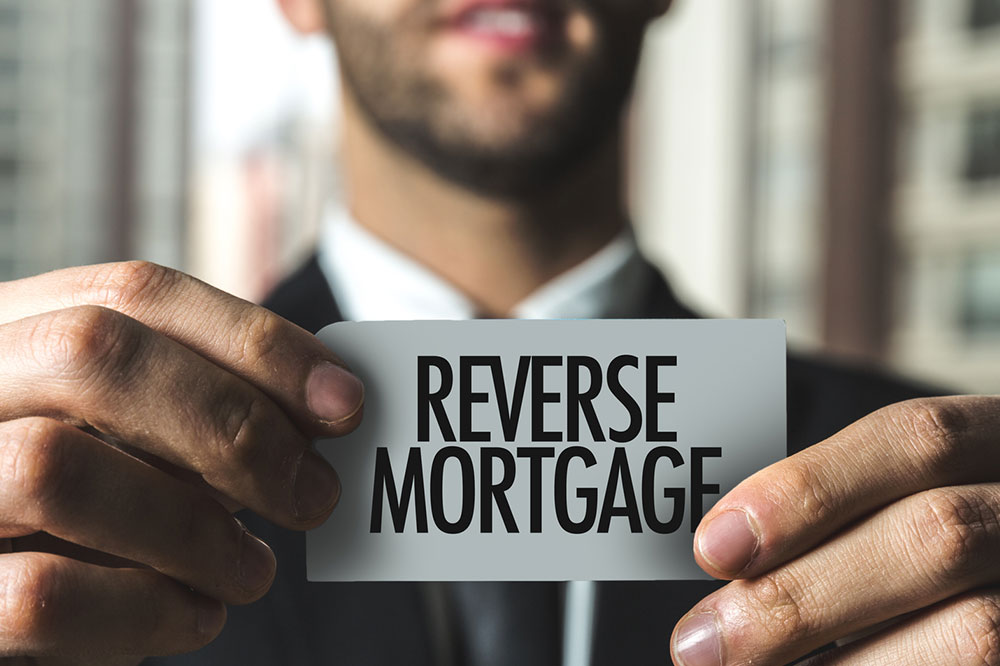Comprehensive Overview of Reverse Mortgage Interest Rates: Everything You Need to Know
This comprehensive guide explains reverse mortgage interest rates, including how they are determined, the difference between fixed and variable rates, and factors influencing costs. Learn how seniors can make informed financial decisions by understanding these rates, helping them maximize benefits from their home equity while planning for a secure retirement.

Comprehensive Overview of Reverse Mortgage Interest Rates: Everything You Need to Know
For many seniors considering leveraging their home equity, understanding the intricacies of reverse mortgage interest rates is essential. Unlike conventional home loans where borrowers make monthly payments, reverse mortgages allow homeowners to access their home’s equity without ongoing monthly payments. However, the interest rates and related costs can be complex and vary significantly based on multiple factors. This detailed guide aims to demystify reverse mortgages, explaining what they are, how their interest rates work, and how to find the best rates tailored for your financial needs. Whether you're seeking additional retirement income or planning your financial future, understanding these rates will help you make informed decisions.
Reverse mortgages, commonly referred to as Home Equity Conversion Mortgages (HECM), are specialized loans designed for homeowners aged 62 and older. These loans enable seniors to convert a portion of their home equity into cash, providing a valuable financial resource while still living in their homes. The appeal lies in eliminating monthly mortgage payments, which can relieve financial strain. However, like any financial product, reverse mortgages come with costs, including mortgage insurance premiums, origination fees, and servicing charges. The key to maximizing benefits lies in understanding how interest rates are determined and how they affect both the loan balance and overall costs.
Interest rates on reverse mortgages are subject to change and are updated periodically by the U.S. Department of Housing & Urban Development (HUD). These rates are influenced by broader economic factors and can vary depending on whether the loan is backed by the government or provided through private lenders. The interest on a reverse mortgage accumulates over time and is only payable upon the maturity of the loan, which can occur when the borrower sells the home, passes away, or defaults on the loan. It’s crucial for seniors to understand how these rates affect the total amount owed over time.
Several factors influence the interest rate you might receive on a reverse mortgage. These include your age, since older borrowers generally qualify for higher amounts and may get more favorable rates; the location and value of your home; and the current market conditions impacting both fixed and variable rates. Borrowers have the option to choose between fixed interest rates, which remain constant throughout the loan term, and variable interest rates, which fluctuate based on indices such as the London Interbank Offered Rate (LIBOR) or the Secured Overnight Financing Rate (SOFR). Fixed rates offer stability and predictability, while variable rates may initially be lower but can increase over time, potentially leading to higher total costs.
Understanding these options is vital for making an informed choice. Fixed interest rates are often preferred by borrowers seeking payment certainty, whereas those comfortable with market fluctuations might choose variable rates for their potentially lower initial costs. Both types have their advantages and disadvantages, and the best choice depends on individual retirement plans, health status, and risk tolerance. Moreover, the interest rates are influenced by factors such as the borrower’s age—older borrowers tend to have lower expected remaining lifespans, which can impact the loan amounts and interest calculations—as well as the geographic location of the property and the amount of home equity available.
Keeping track of current interest rate trends is also crucial. The HUD provides monthly data reflecting the prevailing rates, which helps borrowers stay informed about market conditions. For those considering a reverse mortgage, consulting with financial advisors or housing counselors can provide clarity on how different interest rate options affect long-term costs, enabling better planning and decision-making. It’s also beneficial to compare quotes from multiple lenders, considering factors such as closing costs, insurance premiums, and the structure of the interest rates.
In summary, reverse mortgage interest rates are a fundamental aspect of the loan’s overall cost structure. By understanding how these rates are determined, their potential fluctuations, and the implications for your financial future, you can make well-informed choices that align with your retirement goals. Whether opting for a fixed or variable rate, being aware of the factors influencing rates allows seniors to optimize their borrowing options and ensure they select the most suitable financial product for their needs.





